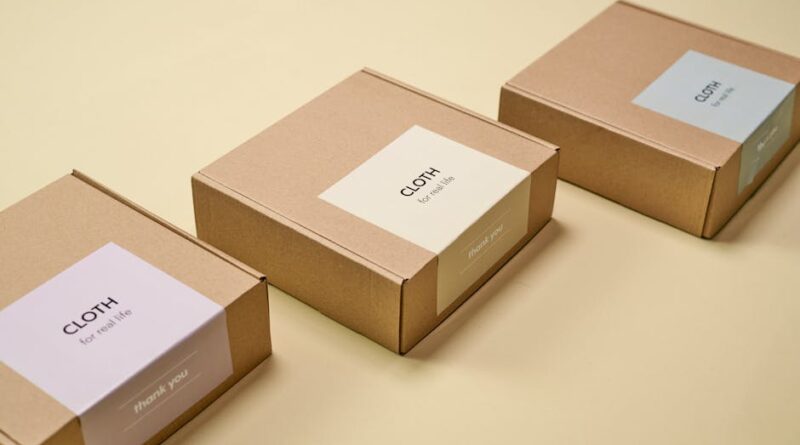Creating Eco-Friendly Marketing Collateral
Did you know that nearly 91% of plastic isn’t recycled? As more consumers become environmentally conscious, brands must adapt. One of the best ways to do this is by creating eco-friendly marketing collateral. But what does that really mean? Lets dive in!
What Is Eco-Friendly Marketing Collateral?
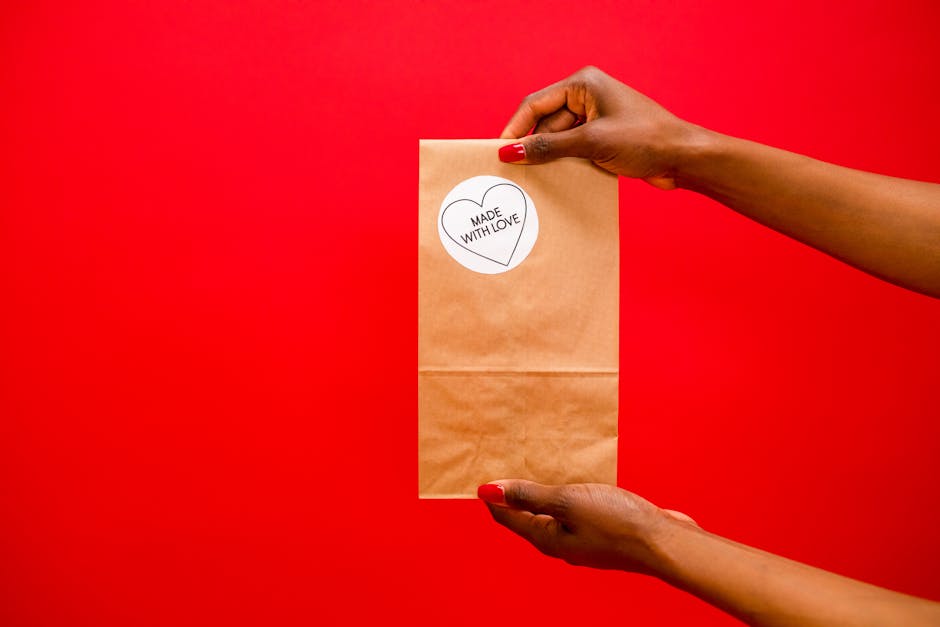
Eco-friendly marketing collateral refers to promotional materials that have a minimal impact on the environment. This includes everything from brochures and flyers to business cards and packaging. By using sustainable materials and practices, your brand can stand out and show that you care about the planet.
Every piece of marketing material you create is a chance to make a statement. Why not make it a green one?
Why Go Green with Your Marketing Materials?
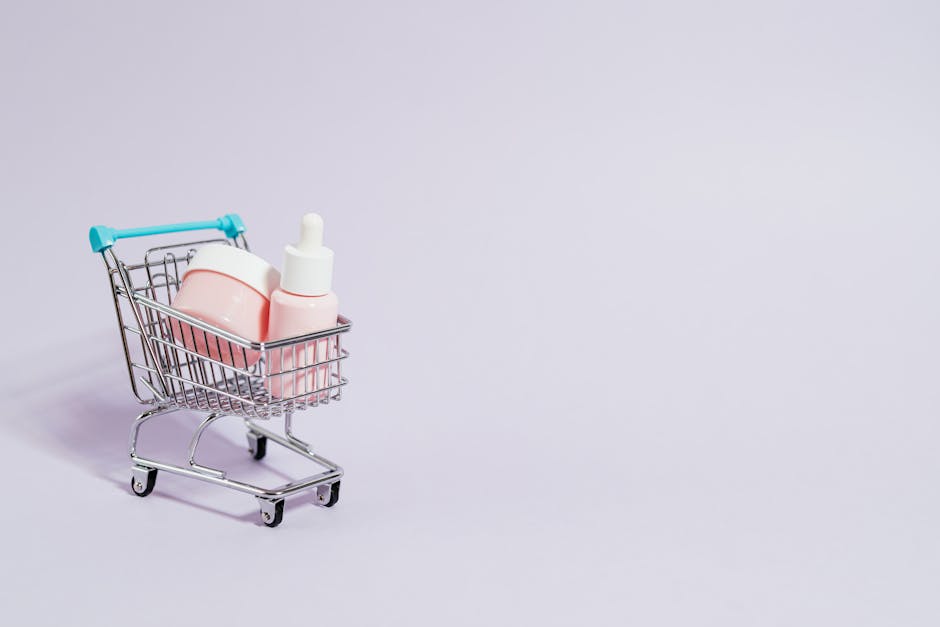
Switching to eco-friendly marketing is not just about saving the planet. It can also enhance your brand image and attract more customers. Here are a few reasons why:
- Consumer Preference: Studies show that 73% of millennials are willing to pay more for sustainable products.
- Brand Loyalty: Companies that embrace sustainability often gain loyal customers.
- Cost Savings: Using recycled materials can reduce production costs in the long run.
By choosing eco-friendly options, you position your brand as a leader in sustainability. This can lead to increased sales and positive media attention.
How Can You Create Eco-Friendly Marketing Collateral?
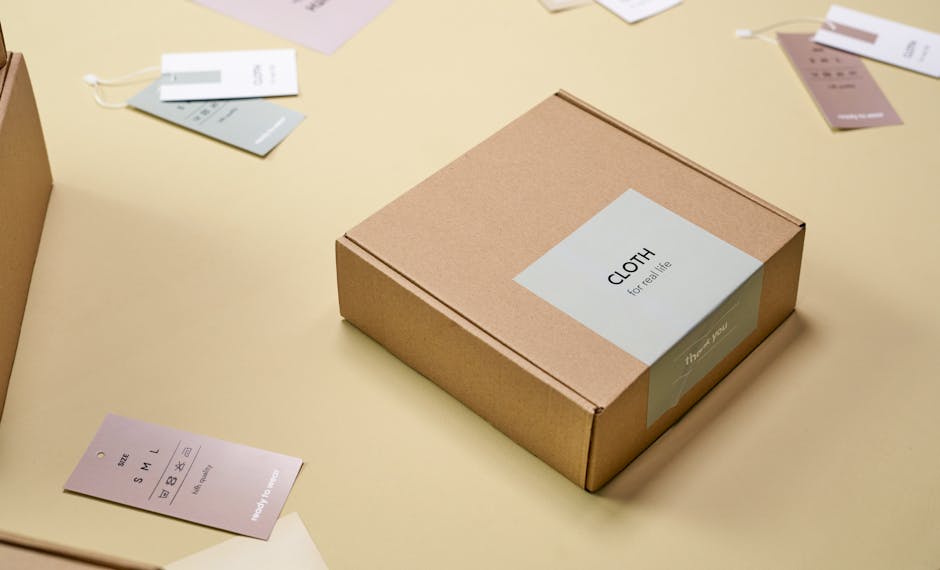
Ready to make the switch? Here are some practical steps you can take:
1. Choose Sustainable Materials
Start with the basics. Use recycled paper or biodegradable materials for your printed materials. Some options include:
- Recycled paper: This uses fewer resources and helps reduce waste.
- Seed paper: These are embedded with seeds, allowing customers to plant them after use.
- Biodegradable plastics: Ideal for packaging items that need to be protected.
Every little choice counts. By choosing wisely, you can make a big difference.
2. Design for Digital
Digital marketing is a great way to reduce waste. Think about creating:
- Email newsletters
- Social media posts
- Digital brochures
These options not only save paper but also often engage a wider audience. Plus, you can track their effectiveness easily. Use tools like Google Analytics to see what works!
3. Minimize Print Runs
Before printing, consider how many pieces you really need. Print-on-demand services let you create only what you need. This helps eliminate excess unused materials.
Also, think about creating larger quantities for items that are in high demand, like business cards or posters. This approach can reduce the overall environmental impact.
What About Packaging?
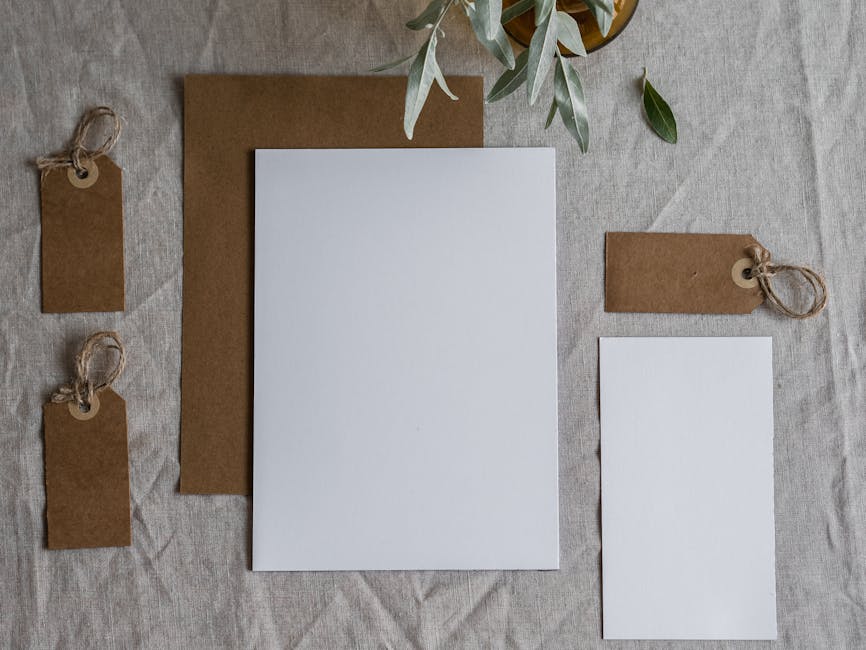
Packaging is key in marketing. it’s often the first impression customers have of your product. Heres how to make it eco-friendly:
- Use Recyclable Materials: Cardboard and glass are great options.
- Avoid Excess Packaging: Simple designs can make a big impact.
- Consider Reusable Options: Think of bags or containers that customers can use again.
Remember, the goal is to make your packaging as light and sustainable as possible. Customers will appreciate your efforts!
Can You Use Eco-Friendly Fonts and Colors?
Yes! Your design elements can also reflect your commitment to sustainability. Choose eco-friendly colors, like natural greens and browns. They evoke feelings of nature and health.
For fonts, opt for those that are easy to read and elegant. Avoid overly decorative fonts that may waste ink in print. A simple, clean font often conveys professionalism.
How Do You Communicate Your Green Practices?
Once youve created your eco-friendly materials, let your audience know! Use clear messaging about your sustainable practices. Heres how:
- Labels: Clearly label products and materials as eco-friendly.
- Website: Dedicate a section of your website to sustainability efforts.
- Social Media: Share your green initiatives and updates.
Transparency builds trust. Customers are more likely to support a brand that openly shares it’s practices.
What Are Common Misconceptions?
There are some myths about eco-friendly marketing collateral worth clearing up:
- Myth 1: Eco-friendly materials are always more expensive.
- Myth 2: There are limited design options.
- Myth 3: Going green is only for large companies.
In reality, many eco-friendly options are affordable, and designs can be just as creative and vibrant. Plus, small businesses can have a big impact by making small changes!
What Are Some Examples of Eco-Friendly Marketing Collateral?
Seeing is believing! Here are a few examples of effective eco-friendly marketing materials:
- Eco-Friendly Business Cards: Made from recycled paper or plantable seed paper.
- Digital Brochures: Save paper and make updates easy.
- Sustainable Packaging: Boxes made from recycled materials that are reusable.
These examples show that being eco-friendly doesnt mean sacrificing quality or creativity.
Where Can You Learn More?
If you’re looking for more resources on sustainable marketing practices, check out the GreenBiz website. They offer excellent insights and tips.
What Are Your Next Steps?
Now that you have the tools you need, it’s time to act! Here are some quick takeaways:
- Start with sustainable materials for your printed collateral.
- Embrace digital marketing to reduce waste.
- Communicate your eco-friendly practices clearly to your audience.
- Keep learning about sustainability and adapt as you go.
Going green in your marketing efforts not only helps the planet but can also attract more customers. So, why wait? Start creating your eco-friendly marketing collateral today!
